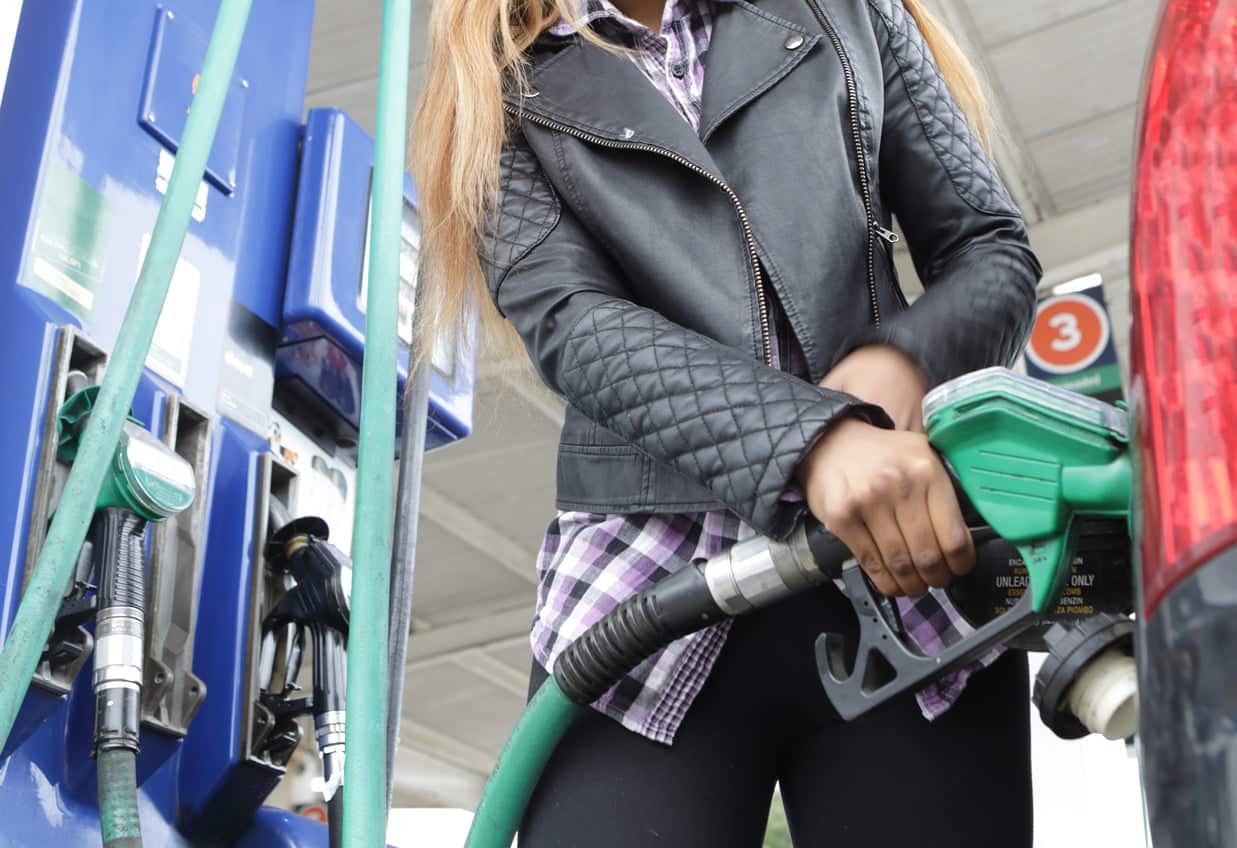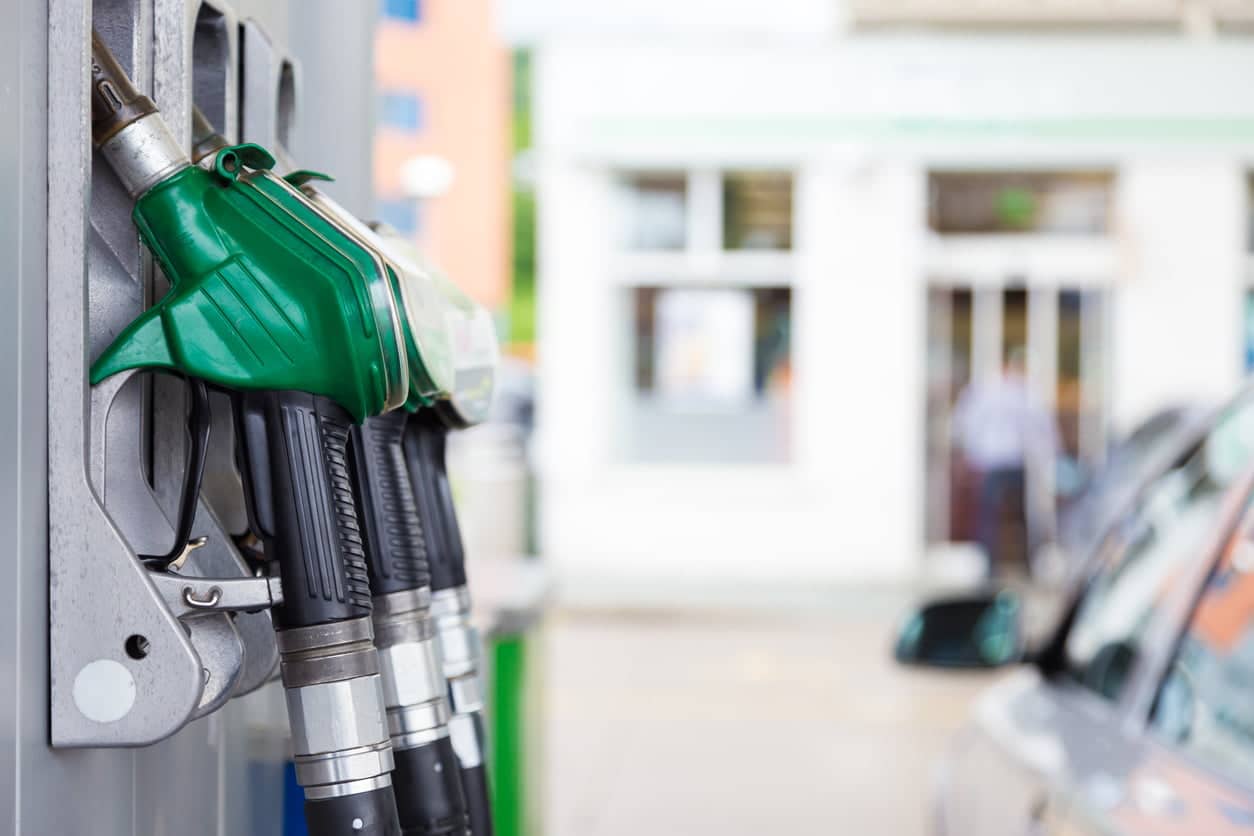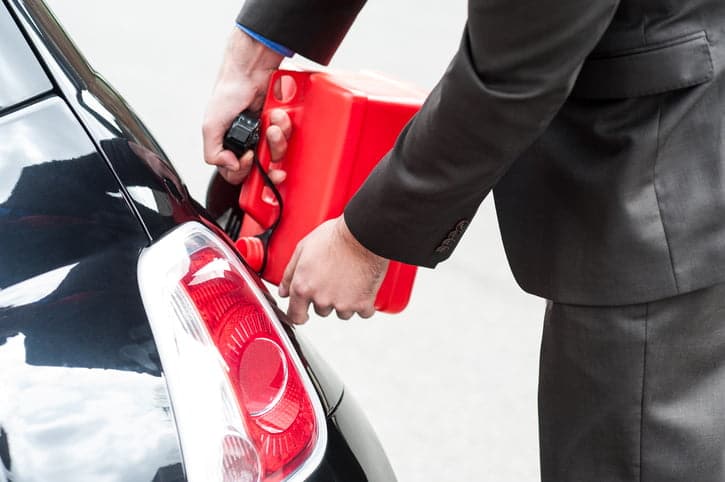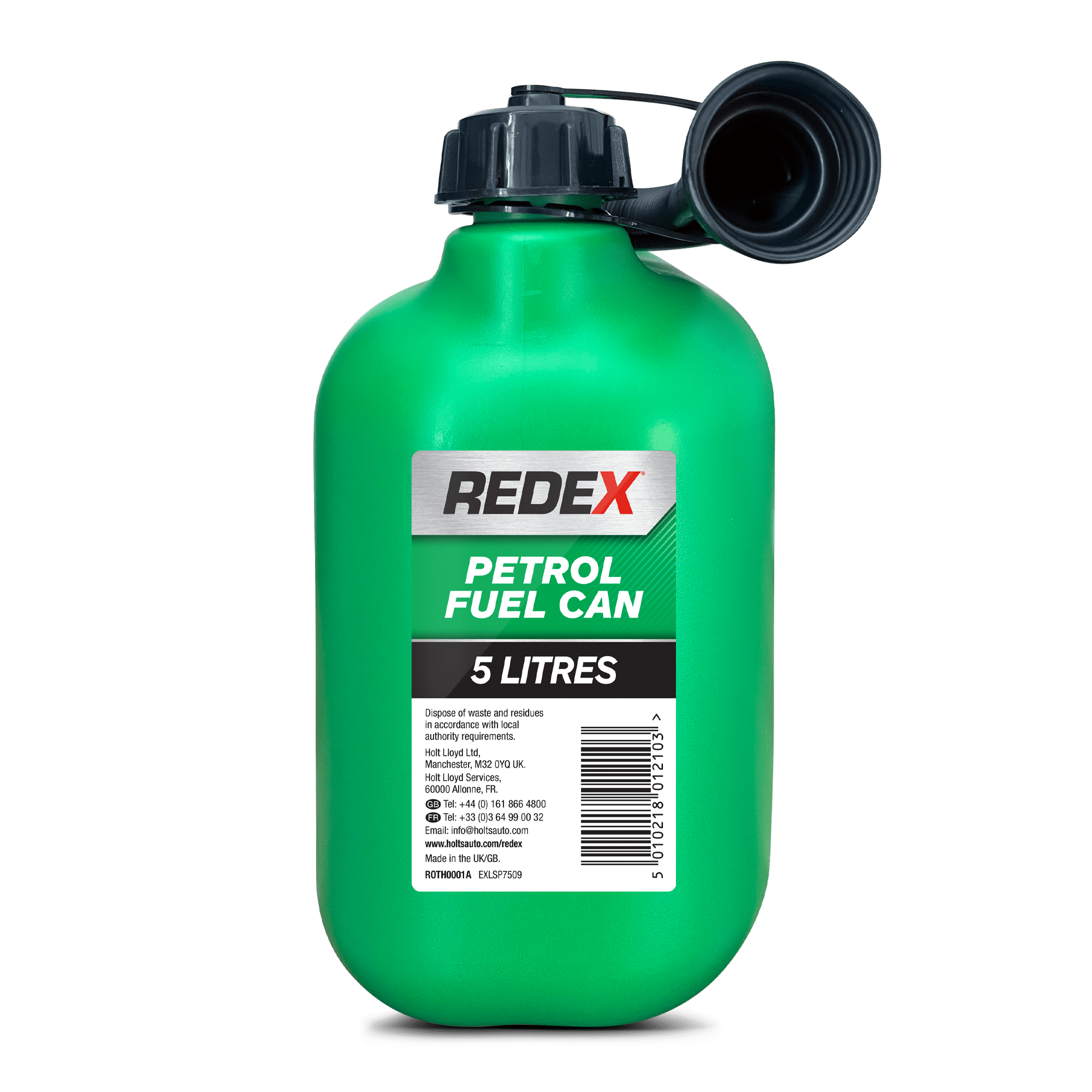Throughout history, petrol and diesel have gone through significant changes, with new formulas and compounds introduced to reduce their impact and make them friendlier to the environment. And, with news that E10 petrol is set to become the standard at UK fuel pumps from 2021, we thought now was a good time to take a look back at how fuels have changed over time – both for cost and environmental reasons.

In this guide, we’ll be exploring the fuel composition of petrol, and looking at the key changes which have helped it adapt to changing world environmental policies.
What is Petrol and Why Is It Essential For Powering Our Cars?
Petrol is a fossil fuel that’s a by-product of crude oil. It’s sourced from vast underground reservoirs, found beneath land and sea, that were formed millions of years ago by decomposed organic matter. Extracting oil to make petrol is a time and labour-intensive process, requiring powerful drilling machines that can penetrate below the surface to reach the Earth’s fossil fuel reserves.
During the Industrial Revolution of the 18th century, coal became the primary fossil fuel for powering factories and heavy machinery, and was eventually used for fuelling vehicles like boats and trains. It wasn’t until the turn of the 20th century that the merits of petrol were truly discovered, when the earliest versions of the car came off the production line.
Cars need lots of power to accelerate and cover reasonable distances. When they were first invented, coal-powered electric motors were considered, but they didn’t offer the performance or range that would make the car a viable mode of transport for the masses.

This all changed with the invention of the combustion engine, which was the first to burn petrol to generate power. The great thing about petrol is that it’s rich in minerals, which makes it very energy-dense. So, when you burn it, it generates a lot more power than coal – making it ideal for powering cars, trucks and other vehicles.
The introduction of the petrol engine was a huge success, with millions of cars sold within a short period. Petrol became the go-to fuel not only for cars, but for boats, submarines and other military vehicles – such was the power, performance and efficiency it offered.
In the early days of petrol, not much thought was given to the harmful effects of burning a fossil fuel which, up until that point, had been trapped beneath the ground for millions of years. But as the fuel was more widely adopted and countries around the world moved towards industrialisation, the harmful impact of burning oil was quickly realised.
When petroleum products are burned, they release a whole range of toxic gases, from carbon dioxide and monoxide to hydrocarbons and heavy metals, like lead. Not only do these fumes cause harmful air pollution, they have an adverse impact on our climate, generating greenhouse gas emissions which contribute to global warming.
When governments, energy companies and environmental campaigners got wise to the dangers of burning petrol after WWII, so began the search for less-damaging solutions – research which continues to this day. It’s for this reason that petrol has changed over the years, as fuel companies scramble to come up with a way to make burning petrol safer for us and the environment.

How Has Petrol Changed to Make it Better for the Environment?
When leaded petrol was first introduced way back in the early 1900s, it came as a huge boom for the future of the car. And, for the next 50 years or so, carmakers rode the wave of this success – selling millions of models to an eager public keen to experience the freedoms that owning a car can bring.
But as more and more people got behind the wheel, the harmful effects of burning petrol to power our cars became apparent. This led scientists from all over the world to begin researching ways to inhibit these harmful effects, with Japan being the first country to roll out a new type of fuel, unleaded petrol, in 1972.
Unleaded Petrol
The introduction of unleaded was a huge shift towards making the fuel composition of petrol kinder to the environment. Removing lead compounds from petrol made it much safer, particularly from an air pollution perspective. However, lead did have its uses, including improving the octane rating of petrol (to aid performance) and helping to protect valve seals. Therefore, unleaded petrol wasn’t an immediate success, and it took a long time to be rolled out to every country and region.
Here in the UK, unleaded petrol went on sale in June 1986, 14 years after Japan. Two years later, and it was only available at 11% of filling stations – which gives you an idea of the slow uptake of this new fuel type.
To hurry the adoption of unleaded fuel along, the government introduced new tax legislation which made leaded fuel more expensive than the new type of petrol. Things were helped further by the arrival of new cars which only ran on unleaded petrol, proving to the public that the future of driving lay in unleaded fuel.

In 2000, the EU banned the sale of leaded petrol so the shift to unleaded was complete. Since then, drivers whose cars were built before the 1990s have had to use lead replacement products to mirror the effects of leaded petrol, which is needed to help maintain and lubricate older parts like valve seals.
Biofuels and Ethanol
Since 1988, ethanol has been added to petrol as a means of curbing air pollution while retaining the fuel’s energy density and combustibility. A natural compound, ethanol is produced by the natural fermentation of sugars, and is most commonly found in alcoholic drinks like beer, wine and brandy.
In the early days of adding ethanol to petrol, it was only used in very small quantities, and often only in the winter as a means of helping with car starting problems. More recently, however, fuel companies have been experimenting with higher quantities of ethanol, in an aim to further reduce the harmful effects of burning straight petrol.
In 2007, the UK government made it a law for fuel companies to add biofuels (like bioethanol) to petrol and diesel as part of the Renewable Transport Fuel Obligation Act (RTFO). This was to be done in percentile stages, as seen below:
- 5% biofuel in 2008/9
- 25% biofuel in 2009/10
- 5% biofuel in 2010/11
- 4% biofuel in 2011/12
- 5% biofuel in 2012/13
- 5% in 2013/14
Since then, the amount of ethanol in petrol has continued to rise, and now plans are in place to make 10% bioethanol petrol – known as E10 – the standard fuel at UK filling stations. E10 fuel is considered the current benchmark in ecological petrol, with a blend of 90% unleaded petrol and 10% bioethanol making the fuel decidedly more ecological than previous versions.

Despite this, the planned introduction of E10 fuel hasn’t been without controversy. With such a high percentage of bioethanol, there are worries that thousands of cars won’t be compatible with this new type of fuel. Not only that, but it’s believed that certain components could wear quicker due to the corrosiveness of ethanol – so some drivers may be reluctant to use it.
It’s not yet clear when E10 fuel will appear at UK filling stations, or if it will be a success. What is clear, however, is that fuels will continue to change and evolve in line with consumer demands and government regulations.
Redex is here to help you get more from every tank of petrol and diesel, with our innovative fuel additives and system cleaners designed to improve the health and performance of your engine. For more information and for our full product range, visit the homepage.

